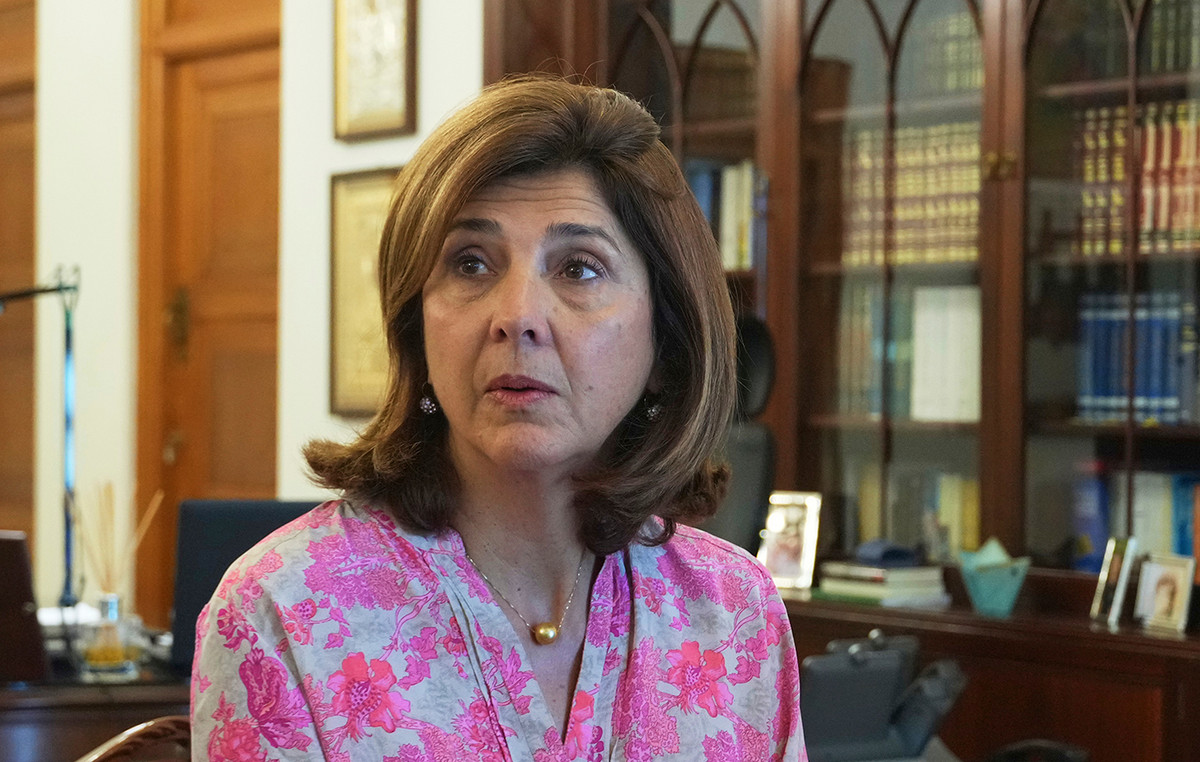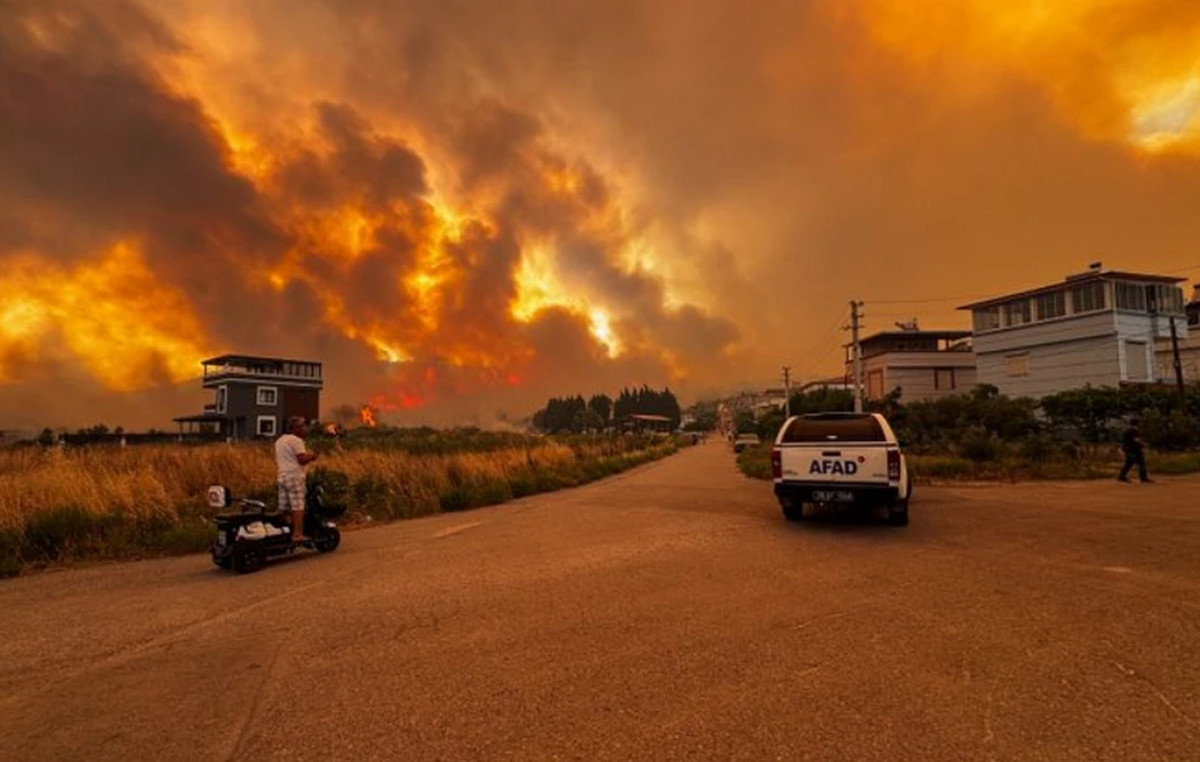Get ready to enjoy the last full moon of the year.
The last full moon of 2021 will reach its peak of illumination in the early hours of Saturday (18) to Sunday (19) at 1:32 am EDT, according to NASA, but you can see it crossing the sky starting just before sunset.
This full moon occurs a few days before December 21, the longest night of the year in the northern hemisphere, also known as the winter solstice. No wonder it is also called the “Long Night Moon”.
“My encouragement is always that people go out whenever they can to look at the moon,” said Noah Petro, head of NASA’s planetary geology, geophysics and geochemistry laboratory. “There is a moment when the moon is full, but we can’t see it with the naked eye.”
Watching the full moon isn’t as rewarding as a solar eclipse, he said.
For better observation, Petro said that people should go out on Saturday night to find an observation point. “You want to stay away from tall buildings, bright lights and obstructions.”
This early morning full moon will also look 17% smaller than the average full moon, Petro said. As the moon has an elliptical orbit around the Earth, at different times it is closer or farther away.
This Sunday’s early morning full moon coincides with the point at which the moon is furthest from Earth, also known as the apogee, making this moon a “micro moon”.
In contrast, a “super moon” occurs when the moon is closest to Earth, or at the time of perigee. This year saw a full moon in the months of April, May and June.
Reference: CNN Brasil
I’m James Harper, a highly experienced and accomplished news writer for World Stock Market. I have been writing in the Politics section of the website for over five years, providing readers with up-to-date and insightful information about current events in politics. My work is widely read and respected by many industry professionals as well as laymen.







